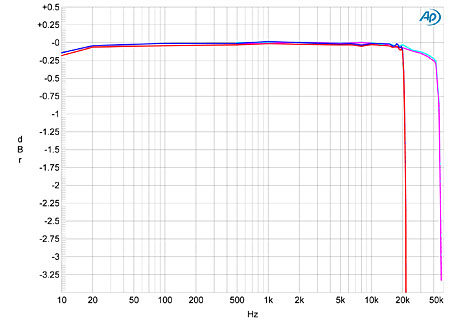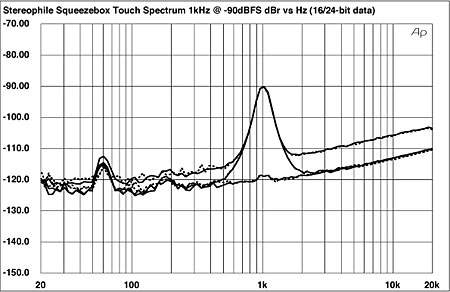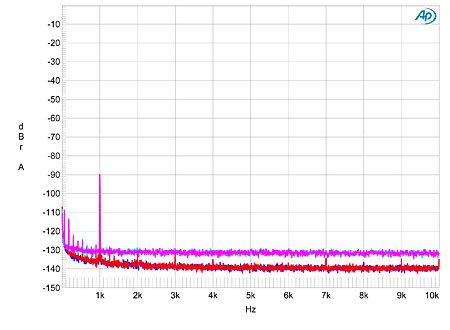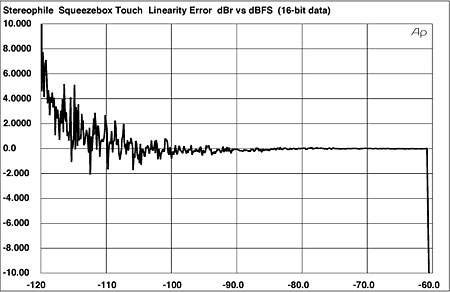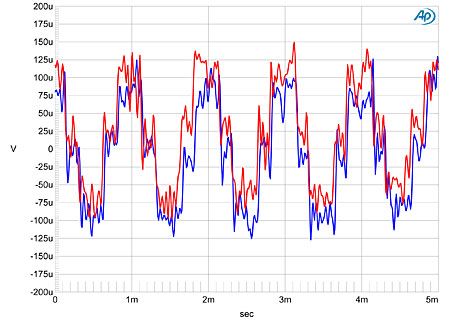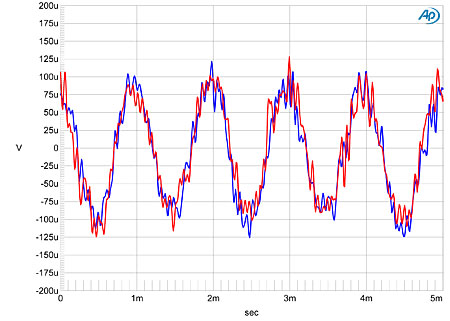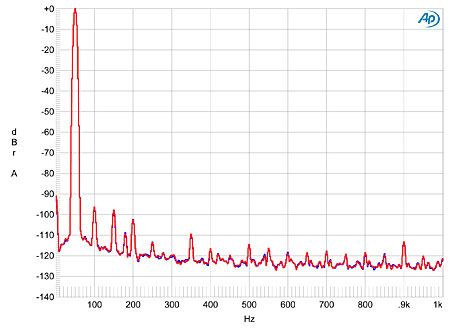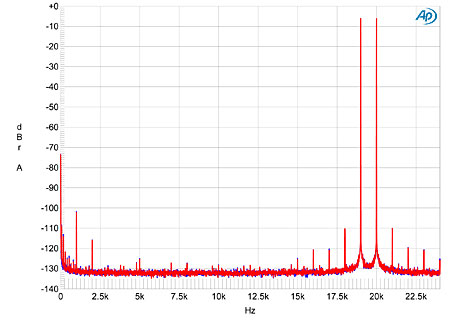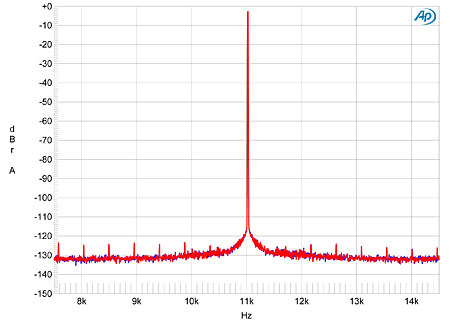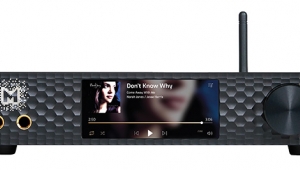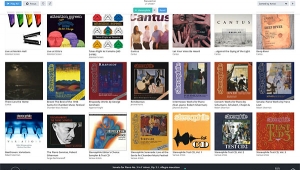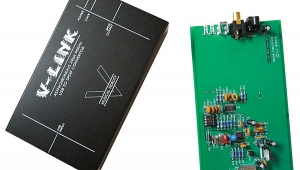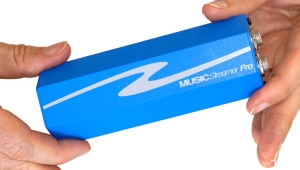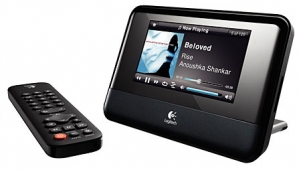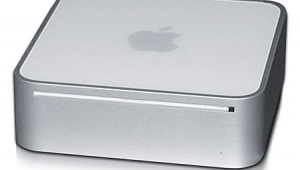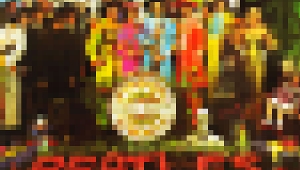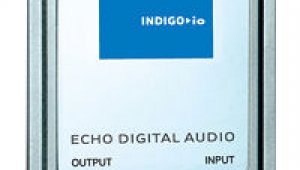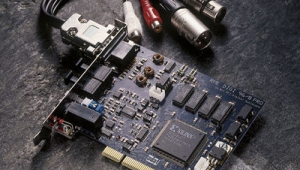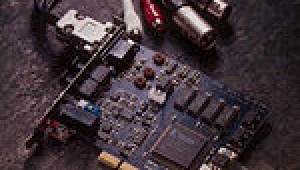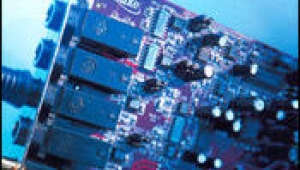| Columns Retired Columns & Blogs |
1. Can I use a NAS as both a backup for photos and a source for audio?
2. Can I use a NAS as a source for the streamer without connecting to the modem/www? If I do want/need to connect this rig to the www, can I do it via wireless signal (dotted line) from router 1 to router 2? (My sole modem jack is on the other side of the room from the streamer and I can’t run wire across the room.)
3. Where do I connect the NAS—to router 2 or the streamer?
